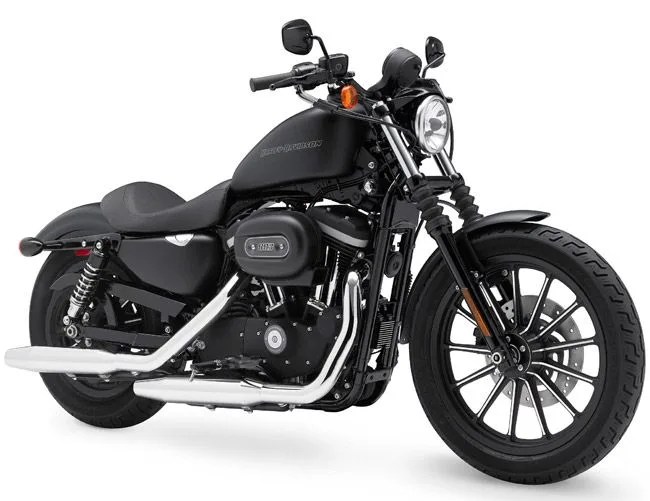Until now, the vehicles featured in our Octane Icons series have been but singular iterations of automotive excellence — standout models, limited runs and one-offs that have bucked trends, pumped blood and turned heads. We celebrate them, not only because of their undeniable importance to the automotive world, but because they welcome even the most casual automotive observer into the enthusiasts’ world. They tease, tantalize and torture us in their pursuit, always on our radar, yet mostly just out of reach. The first motorcycle to be honored in this series defines most of that very criteria. And yet, it is readily available and remains relatively inexpensive: this is the Harley-Davidson XL or, as its more commonly known, the Sportster.
MORE OCTANE ICONS The 50 Most Iconic Motorcycles | Porsche 917 | BMW E30 M3 | Jaguar D-Type
What It’s All About

The Sportster is America’s first superbike — full stop. Before you start writing that angry email, consider this: sports cars of the early ‘50s showcased how a lightweight, dynamic chassis could create effortless speed; Harley-Davidson did for motorcycles with the original Sportster. It was conceived with racing in mind and designed to deliver results on the track as well as the street. That their original recipe has changed very little — and continues to grace showroom floors some 57 years later — is living proof of its importance in the automotive pantheon. In fact, the Harley-Davidson Sportster is the best-selling bike to bear Milwaukee’s celebrated Bar and Shield. How that came to be is an interesting story.
Thanks to its contribution to the allied forces in World War I, Harley-Davidson enjoyed a stranglehold on domestic motorcycle success in the 1920s. H-D’s only real homegrown rival, Indian Motorcycles, was chugging to be sure, but at a much slower pace. Harley’s WL platform used in the front lines found favor with many a returning soldier and civilian alike, resulting in the rise of “biker” culture as we’ve come to know it today. But riders quickly wanted increasingly lighter, faster and more nimble machines. By the time the second World War had ended, motorcycling had firmly rooted its presence in American culture — but Harley-Davidson was no longer leading the charge.
At around the same time that John and Paul were learning their G chords, a British invasion of an entirely different sort was taking place on American streets. Lightweight, fast and maneuverable bikes from the likes of Triumph, Norton and BSA were cropping up everywhere, leaving the Bar and Shield’s current K-series offerings in the dust, literally. So popular were those British marques that 1953’s motorcycle movie classic The Wild One featured its star, Marlon Brando, and his entire gang astride English twins — with their logos in full view for the first time in movie history. Harley took notice and quickly went to work to reclaim its middleweight crown. Debuting in 1957, the new Sportster XL combined the telescopic front-end and hydraulic rear swingarm suspension of its predecessor, with an all new overhead valve engine. Dubbed the Ironhead, HD’s new motor was freer breathing, higher revving and quicker than anything the company had produced before. The lessons learned in chassis technology from its predecessor meant the new bike could juke and jive, too. More importantly though, it meant that Harley-Davidson could again compete with, and beat, those plucky Brits.



